The Multifaceted Wonders of Brazil
Apr 01, 2016
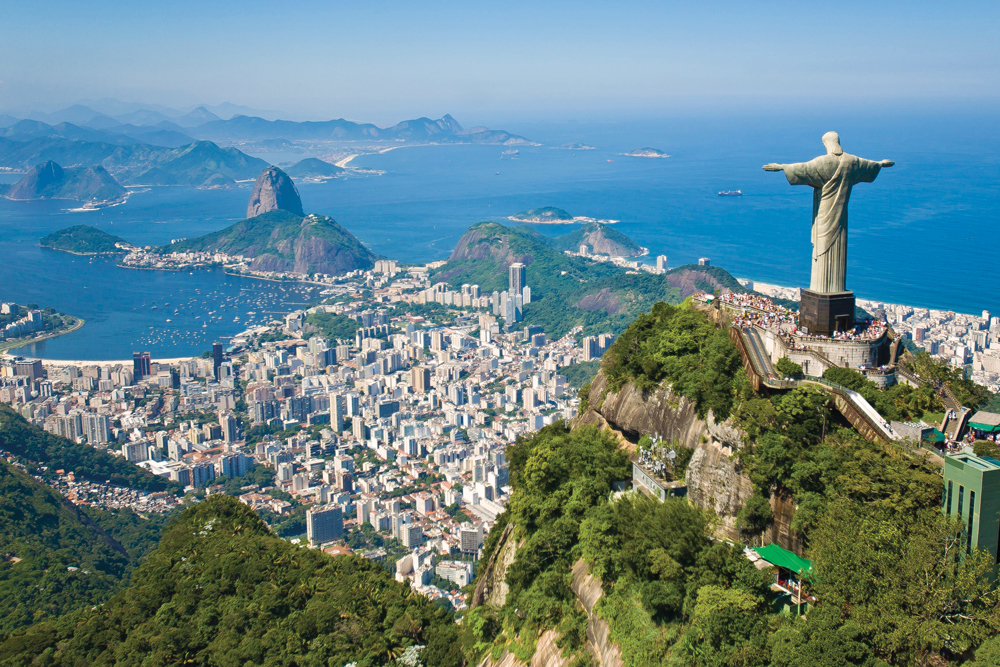
Forever synonymous with flamboyant festivities and sun-drenched hedonism, Brazil holds a unique place in the global consciousness. Replete with breathtaking beaches, natural wonders and a samba spirit infused in everything from football and architecture to nightlife and kaleidoscopic carnivals, it is a place that tops bucket lists the world over.
The football World Cup two years ago was one extra reason to visit, and the Olympic Games this year will be another. The Olympics take place in Rio de Janeiro from August 5 to August 21, drawing the eyes of the world and an estimated 500,000 visitors to Brazil’s most famous city. Rio offers more than enough attractions of its own to keep even the most indefatigable of sightseers occupied, but can also serve as the jumping-off point for a whistle-stop tour of the country’s most compelling attractions.
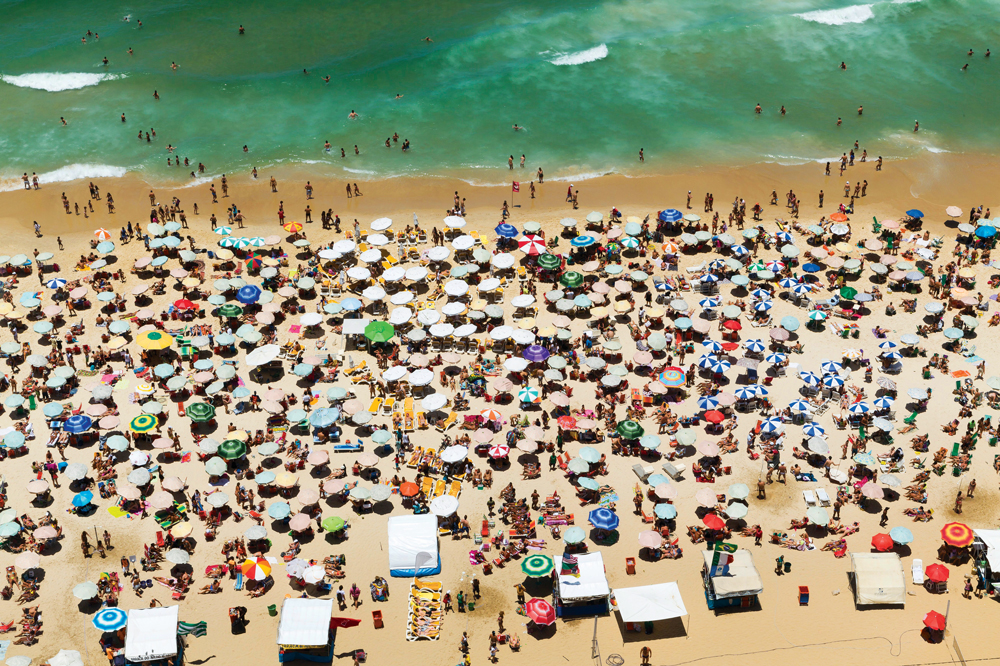
Rio de Janeiro
The colourful megalopolis of São Paulo may be the biggest city in Brazil and the Americas, but it can’t hold a candle to the charms of this year’s Olympic host city. Situated in a sheltered bay, looking out over the azure waters of the South Atlantic and wrapped around a series of hills carpeted in thick greenery, Rio has one of the most beguiling cityscapes in the world. For the first-time visitor, it’s a city that’s best appreciated from on high. It’s no coincidence that two of the city’s most popular draws offer panoramic views of the sprawling metropolis.
The viewpoint most easily reached is the one atop Sugarloaf Mountain, which towers 396 metres above the harbour. The summit is served by a cable car system that dates back more than a century and was the setting for a death-defying action scene in the 1979 James Bond film Moonraker. Visitors taking the 1.4-kilometre journey to the summit via the adjacent Morro da Urca are rewarded with jaw-dropping views of Rio’s eastern coastline and the city’s undulating topography, with its myriad settlements, including ramshackle favelas stretching off into the distance.

Even this vista, however, is trumped by the view from Rio’s most famous vantage point at the foot of the Christ the Redeemer statue. The art deco landmark, 30 metres tall, was completed in 1931 and reigns over the city from the top of Corcovado mountain, 700 metres above sea level. It’s the most enduring symbol of Rio and Brazil as a whole, a beacon of hope visible from all over the city when illuminated after dark. The vertiginous statue is hugely impressive in its own right but it’s the panoramas of the city from the viewing platform at its base that are most sensational.
As beautiful as it looks from on high, Rio really enchants where sand meets sea. The city boasts some of the most vibrant beach scenes in the world. Most are in Rio’s Zona Sul, including the most famous beach of all, Copacabana. Its four-kilometre length is peppered with sun worshippers, Cariocas playing football, volleyball and Frisbee, vendors selling everything from coconuts and fruit shakes to sunglasses and handicrafts – and the tourists drawn there to see it all. Copacabana is relentlessly lively and the perfect spot to synchronise with the pace of life in Rio. The beachfront also has Rio’s most storied hotel, the Belmond Copacabana Palace, an art deco building that wouldn’t look out of place on the Côte d’Azur and that has hosted stars in the Hollywood firmament and celebrities topping the global A-list since 1923.
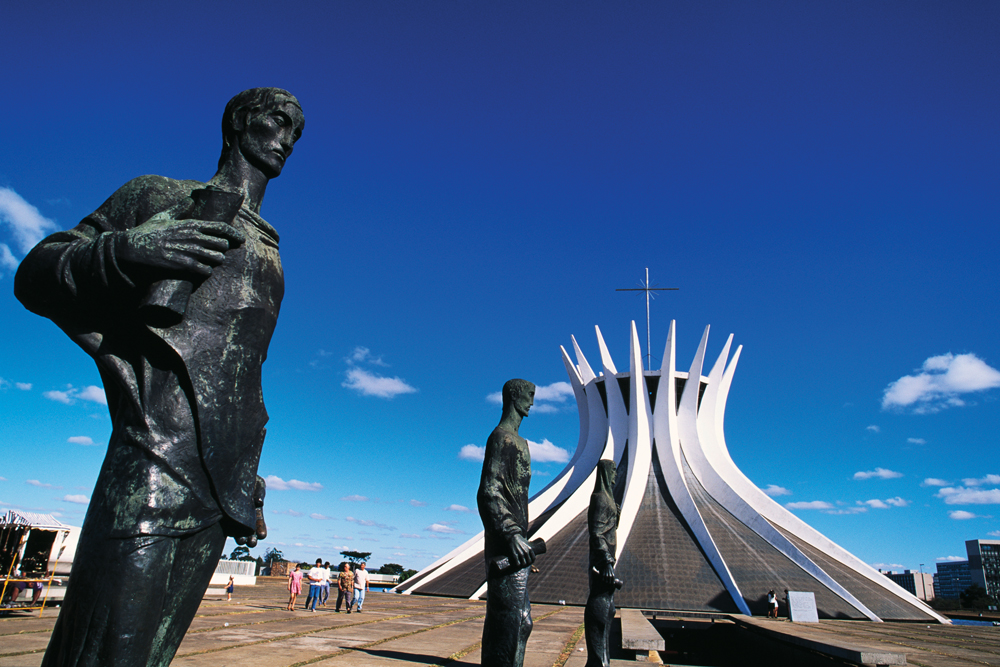
A short stroll away, around a headland, lies an attraction only marginally less famous: Ipanema Beach. Ipanema has a hipper, more laid-back ambience. Here, those in the know stay at Hotel Fasano, a boutique hotel designed by Philippe Starck and topped off by an infinity pool with unbeatable views of the beach.
To the west of Ipanema is Leblon, the city’s most affluent neighbourhood. Here, chic bars and restaurants such as Brigite’s and Bar d’Hotel keep company with places favoured by the locals such as Jobi and Academia da Cachaça – the latter being widely reputed to serve the best caipirinhas in Rio.

For an edgier, altogether wilder vibe, head northeast to Lapa district, entered through a bustling square bordered by a huge, 18th century aqueduct. Here, many of Rio’s most famous clubs and samba bars are to be found. This district has always-packed venues such as Carioca da Gema and Rio Scenarium, which have breathed new life into its abundance of shabby-chic 19th century buildings, giving Cariocas and visitors alike ample opportunities to party until dawn.
Brasilia
About 1,000 kilometres northwest of Rio, the city of Brasilia could scarcely be more different from its southern counterpart. Built from scratch between 1956 and 1960 to replace Rio as the country’s capital, it’s a city of grandiose boulevards and imposing yet stylish government buildings, arranged in districts that together form the shape of a giant aeroplane, symbolising Brasilia’s aspiration to be a metropolis of the future. While this can make the city feel somewhat artificial and spread out in comparison with organically evolving cities such as Rio and São Paulo, it is an oddly appropriate setting for the greatest collection of Modernist architecture in the southern hemisphere.
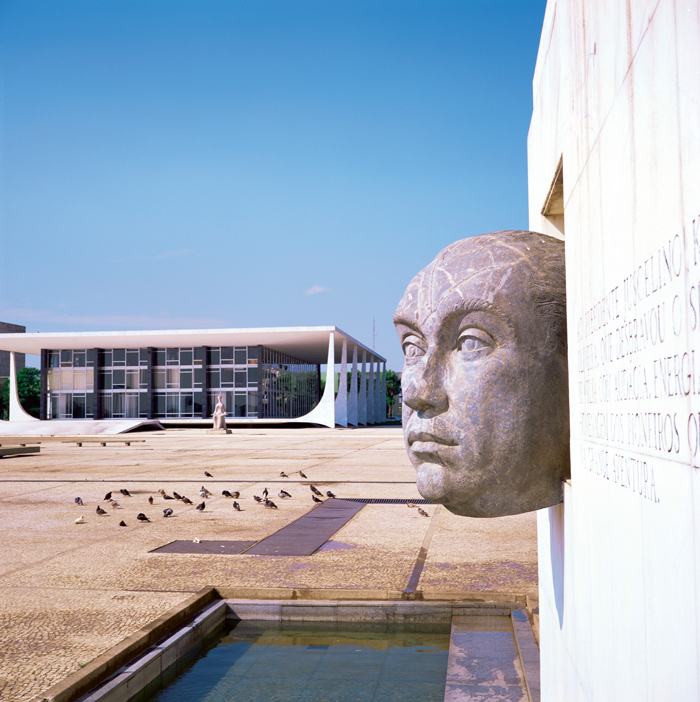
Lauded Brazilian architects Lúcio Costa and Oscar Niemeyer designed Brasilia. The city’s stark Modernism has divided opinions since day one, but its architectural excellence was given the UNESCO seal of approval in 1987, when the city was classified as a World Heritage Site. Many of the most notable buildings are in Praça dos Três Poderes, the seat of government in Brazil. Here, the parallel towers of the Congresso Nacional, the legislative branch, are set off on one side by the rectangles of the Supremo Tribuna Federal, the judicial branch, and on the other by the sharp columns of the Palácio do Planalto, the executive branch. But striking examples of Modernist architecture can be found in almost every corner of the city.
The most impressive of all is the Cathedral of Brasilia. From the outside, this Niemeyer-designed landmark resembles a giant sci-fi crown. Inside, the supporting structure represents hands reaching up to heaven, drawing the eye upward to the abstract stained-glass roof and a trio of sculptures of angels suspended from the centre. The cathedral holds 4,000 worshippers and lures 1 million or so tourists each year who come to see Modernism in the service of God.

Salvador
If Brasilia is a metropolis built with an eye to the future, then Salvador is a city steeped in the soul of Brazil’s past. Salvador was the capital of Brazil from 1534, when the Portuguese began imposing their arrangements for governing the territory they claimed, until 1763, when Rio became the seat of government. Salvador is one of the oldest colonial settlements in the Americas. It gels an intoxicating confluence of South American, African and European cultures.
It is estimated that 3.5 million African slaves passed through the port of Salvador between 1534 and 1850. They and their descendants have left an indelible mark on the city and the surrounding region. The centre of Afro-Brazilian culture, the city has a rhythm that surpasses even Rio’s for its sheer exuberance. That energy is demonstrated during the Bahian Carnival, which takes place in Salvador. While Rio’s carnival grabs headlines around the world, most Brazilians will tell you that there’s no substitute for its counterpart in Salvador, a wild and flamboyant week-long party that each February adds some 4 million visitors to the city’s population of 2.9 million.
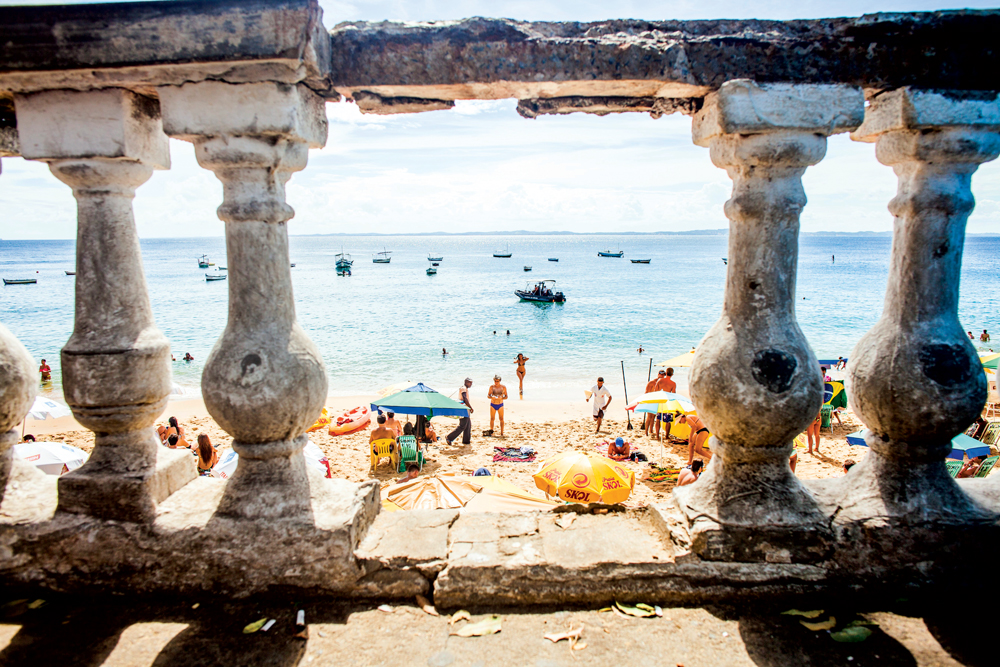
Visitors to Salvador at other times needn’t feel short-changed. The city pulses with life and colour all year round. The cuisine is spicy and heavy on the seafood, drawing comparisons with Caribbean and Creole food, while the music scene is laced with funk, reggae and Afrobeat. The architectural highlights include an abundance of colourful and well-preserved Portuguese colonial buildings clustered around the historic town centre, Pelourinho. The nightlife pulsates in Barra and Rio Vermelho on the southwestern tip of the peninsula that the city occupies. And, this being Brazil, there’s no shortage of beaches.
Bahia Coast
Salvador has the bonus of being on one of the most picturesque stretches of coast in the world, some 900 kilometres long, characterised by deserted white-sand beaches, coconut groves and isolated communities devoted to surfing and hedonism. Heading south along the coast from Salvador, the pace of life starts to slow as the settlements get smaller, sparser and more rustic. If time allowed, it would be easy to be stuck here for weeks, as each portion of coast seems to be another slice of paradise hidden among the palm trees. One such slice of paradise is Maraú, a hard-to-reach peninsula which juts out into the Atlantic a few hours south of Salvador by car. Maraú is best reached by boat from the port of Camamu.
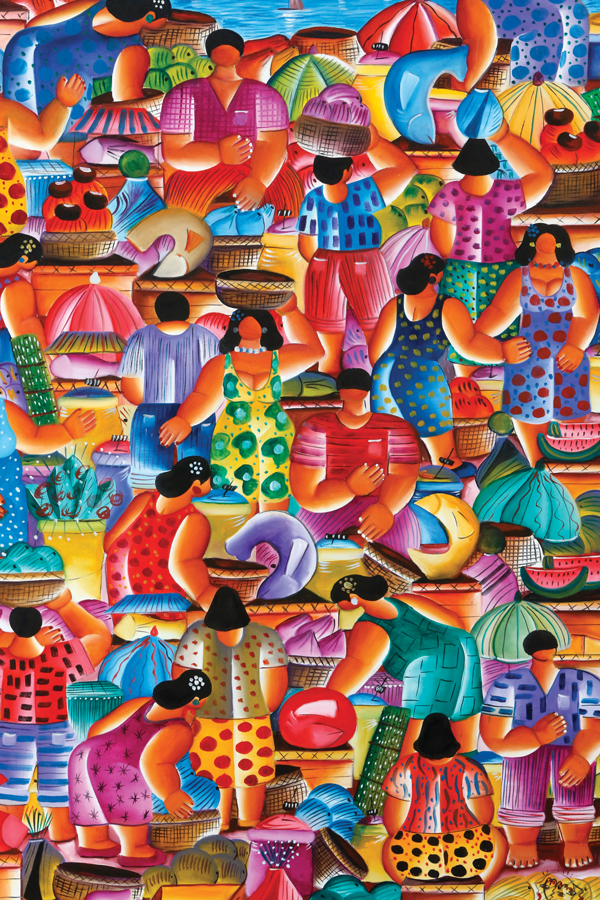
The peninsula has an untouched stretch of idyllic coast that visitors can have virtually to themselves, although it has growing appeal among well-heeled Brazilians as a place to have a holiday home. While tourism is in its infancy here, the Butterfly House boutique is a well-appointed bolthole that makes a base from which to explore the area.
Further south are small towns which have been moulded by the steady stream of hippies and surfers that has poured into the region over the years. Two in particular stand out: the laid-back surfer’s shrine of Itacaré and the increasingly cosmopolitan town of Trancoso. Itacaré tends to attract those wishing to embrace nature or ride the surf. Trancoso has been likened to Ibiza in the 1970s or St Tropez in the 1950s, having a range of upmarket accommodation, including the fêted UXUA Casa boutique hotel, the brainchild of Diesel’s former creative director, William Das.
As in the rest of Brazil, a samba spirit buoys life here and adds a heady touch of soul to the undeniably beautiful scenery. Not everyone will return from Rio with a medal this summer but it’s a safe bet that everyone who explores Brazil will feel like a winner.



























